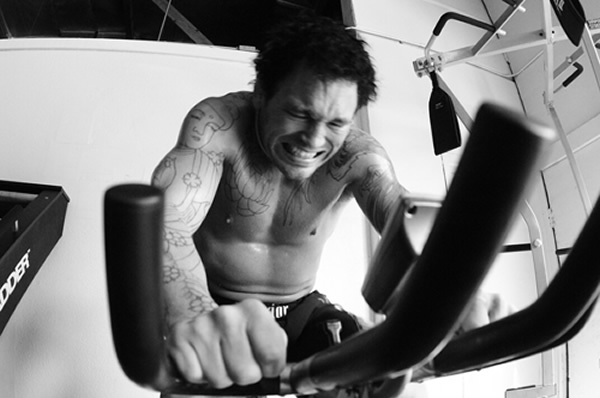That’s not actually what your linked study concluded.
This study was comparing thermic effect of proteins vs other proteins, which comes down to the individual bioavailability of the protein sources. You’re inferring things in these studies that they didn’t actually track or weren’t designed to study.
The 4 kcals per gram of protein already accounts for proteins energy conversion; it’s accounted for in the Atwater general factor formula . Calories in nutrition aren’t the same as calories in physics, bioavailability is accounted for in a very loose way. If you wanted to try and track caloric consumption with the Atwater specific factor formula, you could try but it would be ridiculously tedious.

